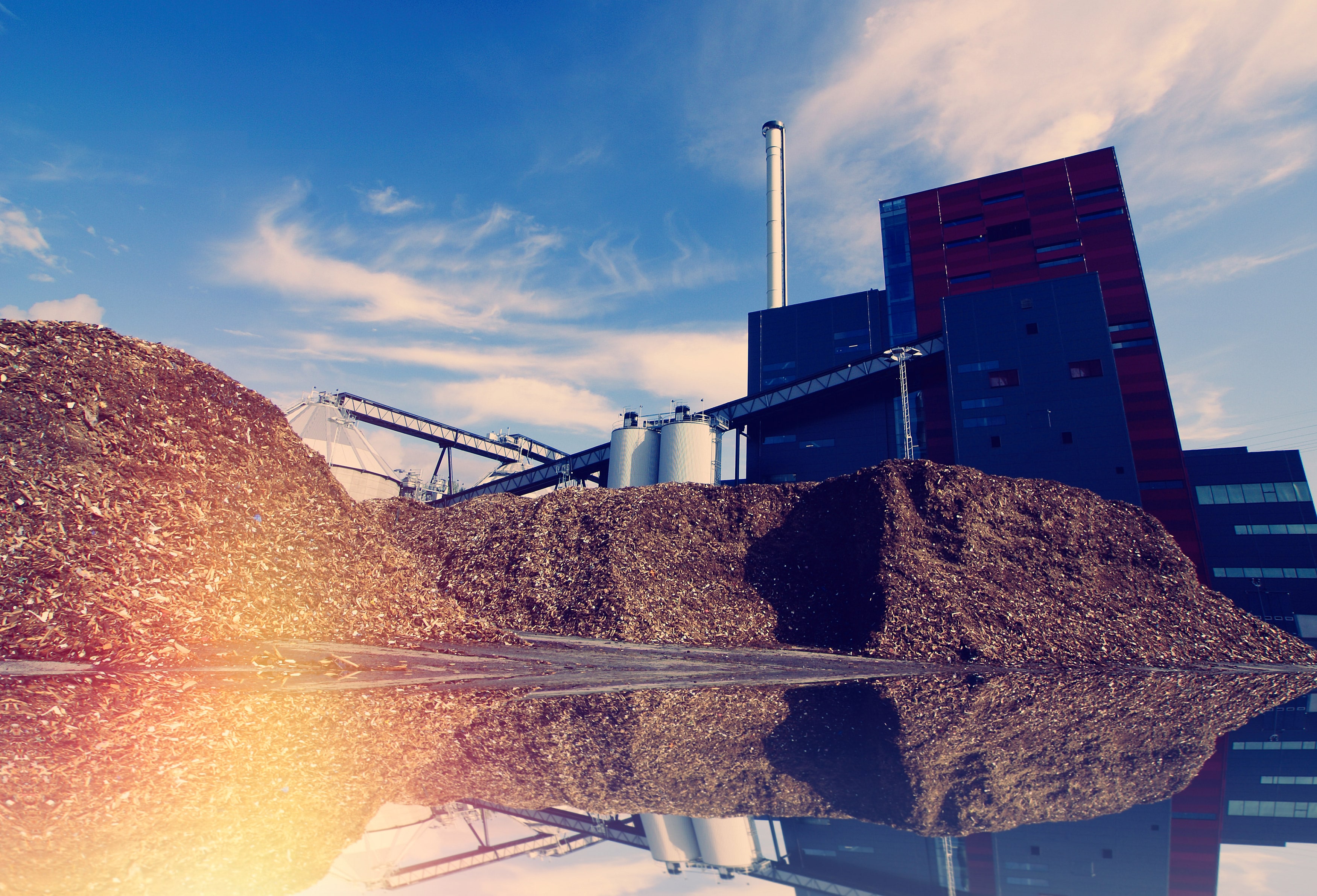what biomass energy is used for
Biomass Energy FAQs
What is Biomass Energy?
Biomass energy is a type of renewable energy derived from organic materials, such as plants and animal waste. It is produced by harnessing the energy stored in these organic materials, either through a direct combustion process or by converting them into fuels such as biogas, bioethanol, or biodiesel.

How does Biomass Energy work?
Biomass energy can be generated through various processes:
- Direct Combustion: Biomass is burned to produce heat, which then can be used to generate electricity or heat spaces.
- Gasification: Biomass is converted into a gas (syngas) through a high-temperature process, and then the gas is used in a gas turbine or steam engine to produce electricity.
- Anaerobic Digestion: Organic materials are broken down by microorganisms in the absence of oxygen, producing biogas (methane and carbon dioxide) that can be used for heat or electricity production.

What are the advantages of Biomass Energy?
Biomass energy offers several benefits:
- Renewable Resource: Biomass is derived from organic materials that can be replenished, making it a sustainable energy source.
- Reduces Greenhouse Gas Emissions: Biomass releases carbon dioxide when burned but has a neutral impact on overall emissions. This is because the carbon dioxide released is offset by the carbon dioxide absorbed during the growth of biomass feedstock.
- Diverse Feedstock: Biomass can be derived from a variety of organic sources, including agricultural waste, forest residues, energy crops, and even dedicated biomass plantations.
- Waste Management Solution: Biomass can utilize organic waste materials, reducing the burden on landfills and providing an alternative waste management solution.

What are the limitations of Biomass Energy?
Although biomass energy has its advantages, it also has some limitations:
- Land and Water Requirements: Biomass plantations may require significant land and water resources, affecting ecosystems and competing with other land uses.
- Particulate Emissions: Direct combustion of biomass can release particulate matter, which can be harmful to human health and air quality if not properly controlled.
- Seasonal Availability: Some biomass feedstocks are only available during specific seasons, limiting their continuous availability as an energy source.
- Transportation Challenges: Biomass feedstocks often need to be transported over long distances, which can increase costs and energy consumption.
Is Biomass Energy truly renewable?
Yes, biomass energy is considered a renewable energy source. It relies on organic materials that can be regrown or replenished within a relatively short period. However, it is important to ensure sustainable biomass sourcing practices to maintain its renewable status.
Can Biomass Energy replace fossil fuels?
Biomass energy can play a significant role in reducing the reliance on fossil fuels. While it may not completely replace fossil fuels due to its limitations and varying energy densities, it can be a valuable renewable energy source to complement and diversify the energy mix.
How does Biomass Energy contribute to climate change mitigation?
Biomass energy contributes to climate change mitigation through the carbon cycle. When plants or organic waste decompose naturally, they release carbon dioxide into the atmosphere. By utilizing biomass as an energy source, the carbon dioxide released during combustion is offset by the carbon dioxide absorbed by new plant growth. This creates a closed carbon loop, limiting the net increase in greenhouse gas emissions.
What are the main types of biomass feedstock?
The main types of biomass feedstock include:
- Wood and wood residues
- Agricultural crops and residues
- Food waste
- Algae
- Animal manure and by-products
What is the potential capacity of Biomass Energy?
The potential capacity of biomass energy depends on the availability of biomass feedstock and the efficiency of conversion technologies. With sustainable practices and technological advancements, biomass energy has the potential to provide a significant portion of our energy needs.
Are there any government incentives for Biomass Energy?
Many governments provide incentives and subsidies to promote the development and utilization of biomass energy. These incentives may include financial support, tax credits, grants, and research and development programs.
How can individuals contribute to Biomass Energy adoption?
Individuals can contribute to the adoption of biomass energy in several ways:
- Use biomass energy in their homes or businesses for heating or electricity generation.
- Support policies and initiatives that promote the development of biomass energy.
- Practice energy conservation to reduce overall energy demand and the need for fossil fuels.
- Properly dispose of organic waste to encourage its conversion into biomass energy.
Is Biomass Energy economically viable?
The economic viability of biomass energy depends on various factors, such as feedstock availability, conversion technology efficiency, and government policies. In some cases, biomass energy can be cost-competitive with other forms of energy, especially when considering the environmental and social benefits it offers.